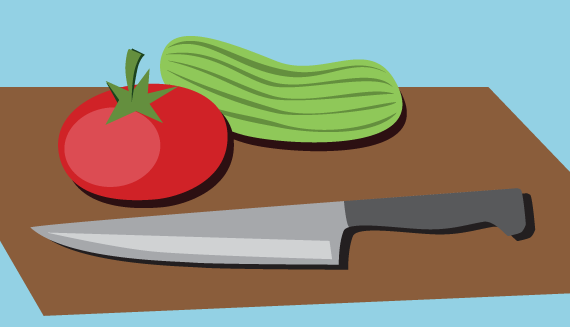Ingredients
1 1/2 cups warm water
2 tablespoons sugar
2 teaspoons salt
1 package active dry yeast
4.5 cups all-purpose flour
2 Tbsp unsalted butter, melted
stick butter, for pan
10 cups water
2/3 cup baking soda
1 large egg yolk beaten with 1 tablespoon water
Salt crystals/pretzel salt
Directions
Combine the warm water, sugar, salt and yeast in a bowl and whisk vigorously. Allow to sit for several minutes or until the mixture begins to foam. Add the flour and butter and mix until well combined. Remove the dough from the bowl and knead for several minutes. Place the dough back into the bowl, cover with plastic wrap and sit in a warm place for approximately 50 to 55 minutes or until the dough has doubled in size.
Preheat the oven to 450 degrees. Use the stick butter to coat the surface of two large baking sheets. Set aside.
Bring the 10 cups of water and the baking soda to a rolling boil in an 8-quart saucepan or roasting pan.
While the water and baking soda is coming to a boil, divide the dough into 8 equal pieces. Roll out each piece of dough into a 24-inch rope. Make a U-shape with the rope, holding the ends of the rope, cross them over each other and press onto the bottom of the U in order to form the shape of a pretzel. Set aside.
Place the pretzels into the boiling water, individually for 30 seconds. Remove them from the water using a large flat spatula and place them on the baking sheets. If they are excessively soggy you may pat them dry with a paper towel. Brush the top of each pretzel with the beaten egg yolk and water mixture and sprinkle with the pretzel salt. Bake until golden brown in color, approximately 12 to 14 minutes. Let cool and serve. These taste exceptionally good with a cheese fondue to dip them in.





